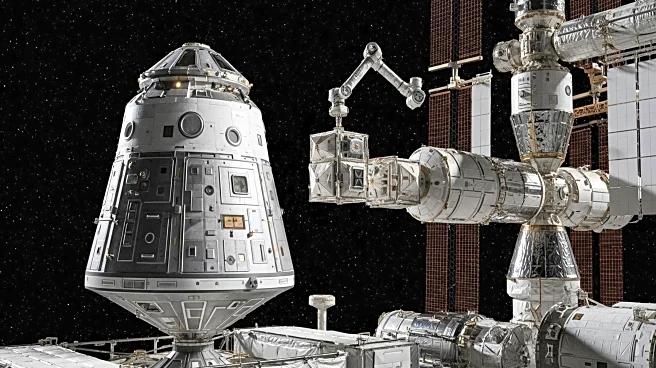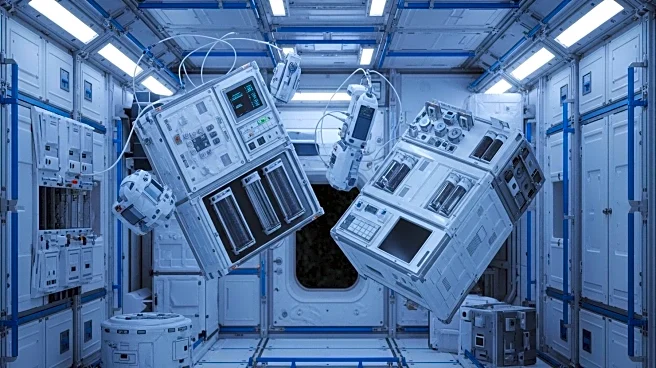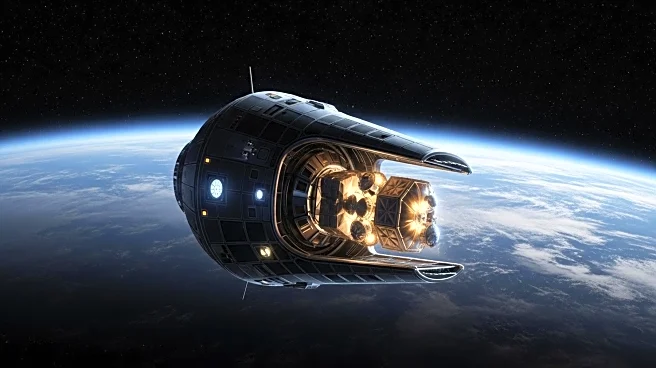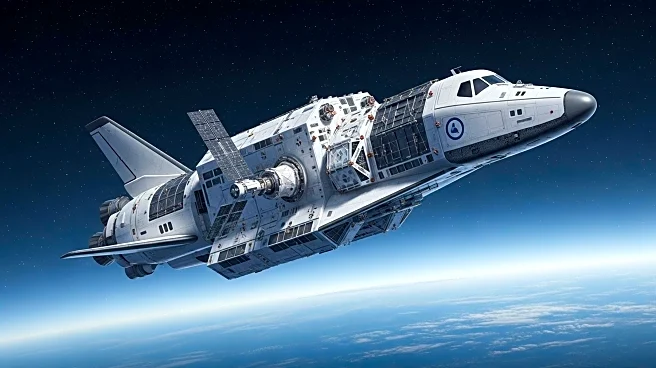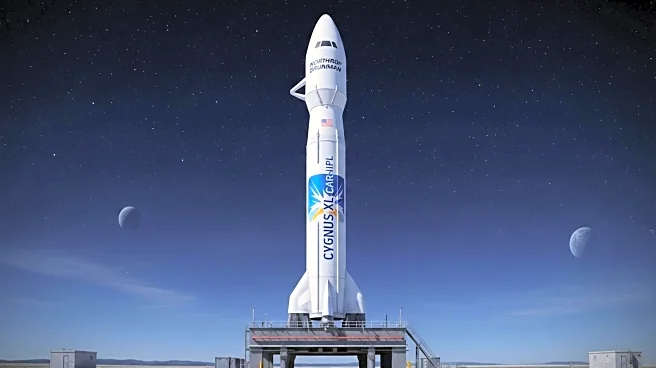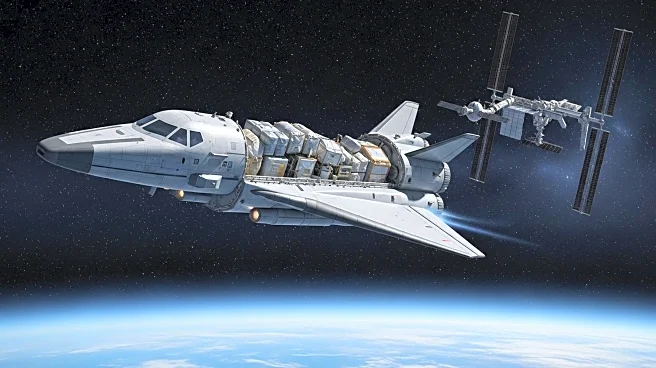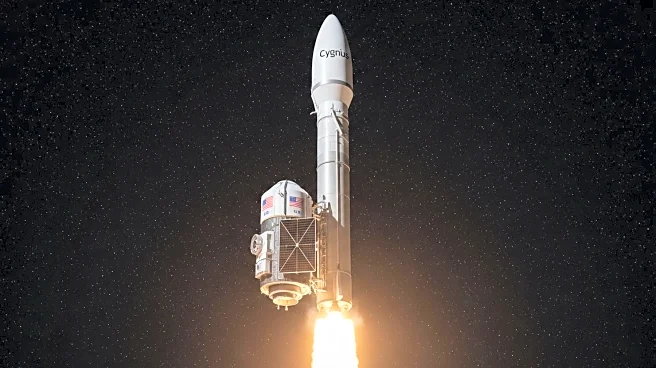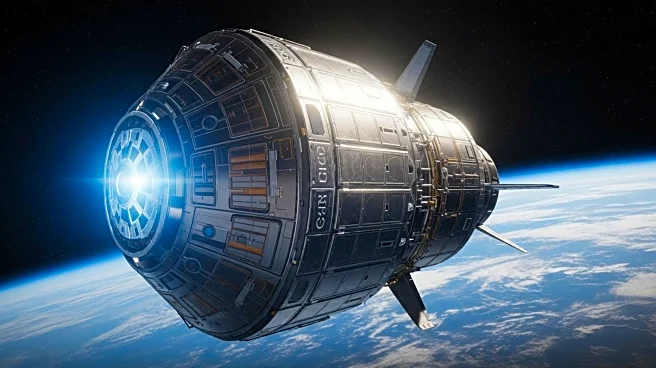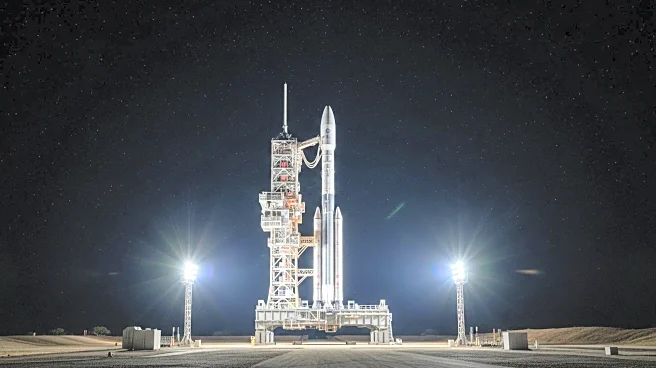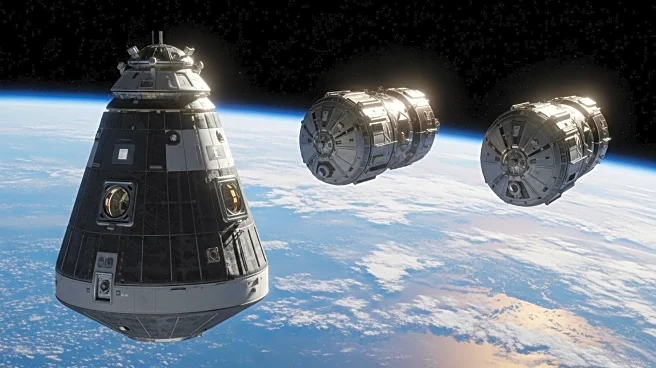What is the story about?
What's Happening?
Northrop Grumman has successfully launched the Cygnus XL cargo ship to the International Space Station (ISS), marking a significant upgrade in its payload capacity. The Cygnus XL, based on the Enhanced Cygnus design, can carry up to 11,000 pounds of cargo, compared to the previous model's 7,700 pounds. This launch follows several delays and issues, including an avionics problem and damage during transit. The Cygnus XL is equipped with materials for semiconductor crystal production and equipment for cryogenic fuel tank improvements. Additionally, it carries a UV light system to prevent microbial growth in water systems and supplies for pharmaceutical crystal production.
Why It's Important?
The successful launch of the Cygnus XL represents a major advancement in cargo delivery capabilities to the ISS, supporting scientific research and technological development. The increased payload capacity allows for more extensive experiments and supplies to be transported, enhancing the ISS's role as a hub for innovation. The mission also underscores the importance of reliable and efficient cargo transport in maintaining the ISS's operations and supporting international collaboration in space exploration. Northrop Grumman's advancements contribute to the broader goals of expanding human presence in space and developing technologies that can benefit life on Earth.
What's Next?
Following the successful deployment of its solar panels, the Cygnus XL is on track to dock with the ISS, where it will deliver its cargo and support ongoing research initiatives. The mission's success may lead to further enhancements in cargo ship design and capabilities, potentially increasing the frequency and scope of deliveries to the ISS. As Northrop Grumman continues to refine its technology, future missions may focus on expanding the range of scientific experiments and supporting new areas of research. The collaboration between NASA and private companies like Northrop Grumman is expected to drive further advancements in space exploration and technology.
AI Generated Content
Do you find this article useful?


